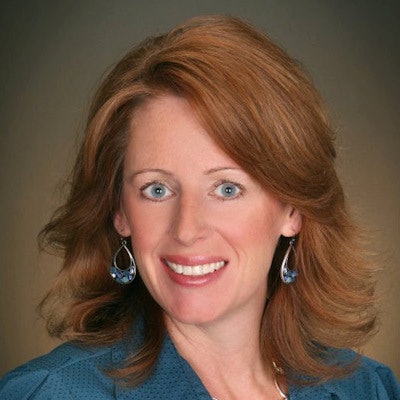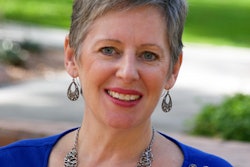
In observing thousands of patient exams and case presentations, I've come across the singular, biggest obstacle dentists have with case acceptance -- they assume.
Dentists assume patients only want to focus on one thing, or they assume patients want to focus on everything. They assume patients don't have time or that patients can spend the entire day in the office.
 Jen Butler, MEd.
Jen Butler, MEd.They assume patients don't have money, don't like the dentist, don't understand the importance of oral healthcare, and also don't care if they get their treatment done or not.
Assumptions plague the doctor-patient relationship because "dentists don't feel comfortable talking about money," said every doctor ever.
You're right, dental school didn't prepare you for real-world dentistry nor what it takes to communicate with patients the value of their dentistry. Yet the more you ignore the conversation, the less dentistry you will complete and the less money you will make.
"I'm trying."
I hear this daily from clients I'm working with on gaining higher case acceptance. And when asked, "Can you articulate what you are intentionally doing to work this skill?" the answer is typically listening to podcasts or reading message boards. These activities alone won't get you to higher case acceptance.
Magic question
For those of you want to increase your case acceptance but don't want to talk about money and also want to stop making assumptions, ask the magic question. What it comes down to is you having a clear conversation with your patients and asking them a direct question, such as the following:
"Are you the type of patient that prefers a tooth-by-tooth approach to your restorative needs that will undoubtedly cost you more time and money, or are you the kind of person who is looking for long-term, permanent solutions to your oral needs that, in the end, will save you time and money?"
“You can't collect what you don't produce, and you can't produce what patients don't accept.”
The power of the magic question is that it gains buy-in from each patient and permission to present to the patient more of your diagnosis. You can't collect what you don't produce, and you can't produce what patients don't accept. It's that simple.
With the patient's permission, you can divide the mouth into left/right sides for hemisphere dentistry or reduce it down into quadrants. You can talk to patients about what is right for them, not best. You will partner with your patient and come up with one treatment plan, instead of providing every option for the patient to choose based on price or convenience.
By asking the magic question, you remove the assumptions, gain patient buy-in to present higher treatment plans, narrow the treatment down into the right restorative approach, and increase case acceptance. It's a win-win-win.
Jen Butler, MEd, is the CEO and founder of JB Partners and has been working in the area of stress management and resiliency training for more than 25 years. Learn about her services at www.jenbutlerpartners.com, or contact her at [email protected].
The comments and observations expressed herein do not necessarily reflect the opinions of DrBicuspid.com, nor should they be construed as an endorsement or admonishment of any particular idea, vendor, or organization.


















